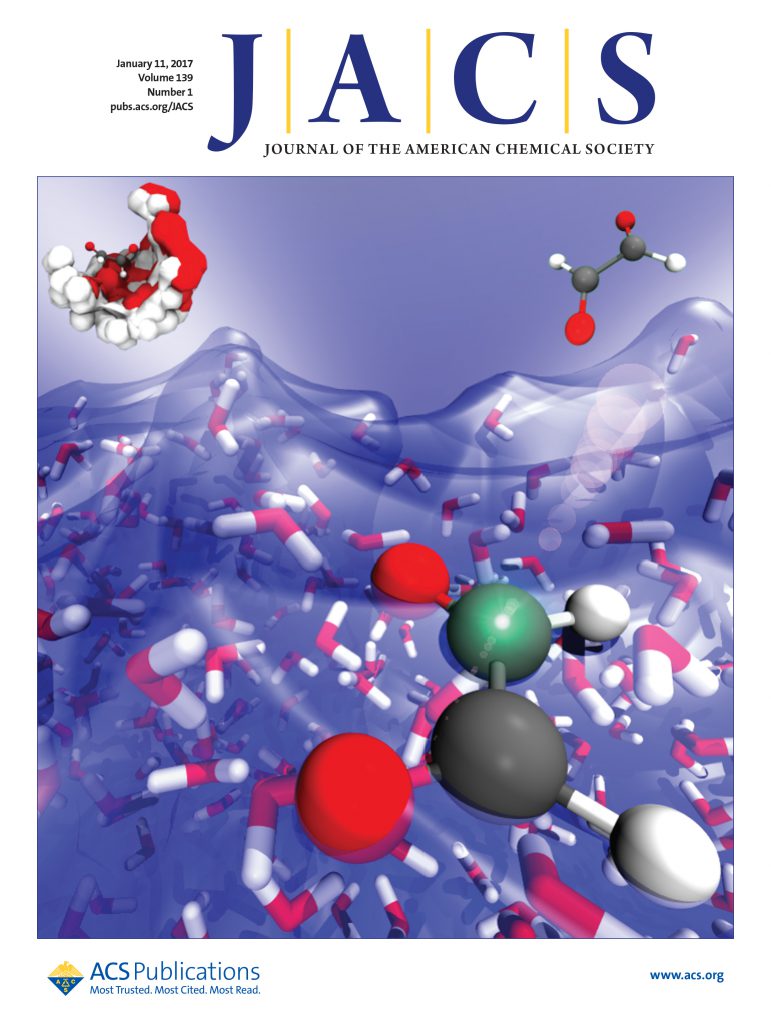Harnessing the Deubiquitinase USP1 for Targeted Protein Stabilization
IF 14.4
1区 化学
Q1 CHEMISTRY, MULTIDISCIPLINARY
引用次数: 0
Abstract
Deubiquitinase-targeting chimera (DUBTAC) has emerged as a promising technology for targeted protein stabilization (TPS) by harnessing deubiquitinases (DUBs) to remove polyubiquitin chains from target proteins. Despite the presence of over 100 human DUBs, only OTUB1 and USP7 have been utilized in the development of DUBTAC. Hence, there is an urgent need to harness additional DUBs to expand the DUBTAC arsenal. In this work, we demonstrate for the first time that the USP1 deubiquitinase, which is overexpressed in several human cancers, can be leveraged for TPS. We report the development of novel USP1-recruiting DUBTACs by utilizing a noncovalent small-molecule inhibitor of USP1. First, we generated a USP1-based CFTR DUBTAC, MS5310, which effectively stabilized CFTR and is more potent than previously reported CFTR DUBTACs. Next, we developed first-in-class USP1-recruiting UTX DUBTACs, including MS7131, from a small-molecule inhibitor of UTX and JMJD3. Notably, MS7131 effectively stabilized the tumor suppressor UTX in a concentration- and time-dependent manner, while sparing the oncoprotein JMJD3, despite it retaining potent inhibition of JMJD3. Furthermore, UTX stabilization induced by MS7131 was dependent on the engagement of both USP1 and UTX. Consequently, MS7131, but not the parent USP1 inhibitor or UTX inhibitor, effectively reduced histone H3 lysine 27 trimethylation and significantly suppressed the proliferation and clonogenicity of cancer cells. Overall, this study highlights that USP1 can be harnessed for DUBTAC development. Moreover, we developed a valuable chemical tool, MS7131, for the investigation of UTX’s distinct functions. This advancement paves the way for leveraging DUBTACs in the treatment of related diseases.

求助全文
约1分钟内获得全文
求助全文
来源期刊
CiteScore
24.40
自引率
6.00%
发文量
2398
审稿时长
1.6 months
期刊介绍:
The flagship journal of the American Chemical Society, known as the Journal of the American Chemical Society (JACS), has been a prestigious publication since its establishment in 1879. It holds a preeminent position in the field of chemistry and related interdisciplinary sciences. JACS is committed to disseminating cutting-edge research papers, covering a wide range of topics, and encompasses approximately 19,000 pages of Articles, Communications, and Perspectives annually. With a weekly publication frequency, JACS plays a vital role in advancing the field of chemistry by providing essential research.

 求助内容:
求助内容: 应助结果提醒方式:
应助结果提醒方式:


